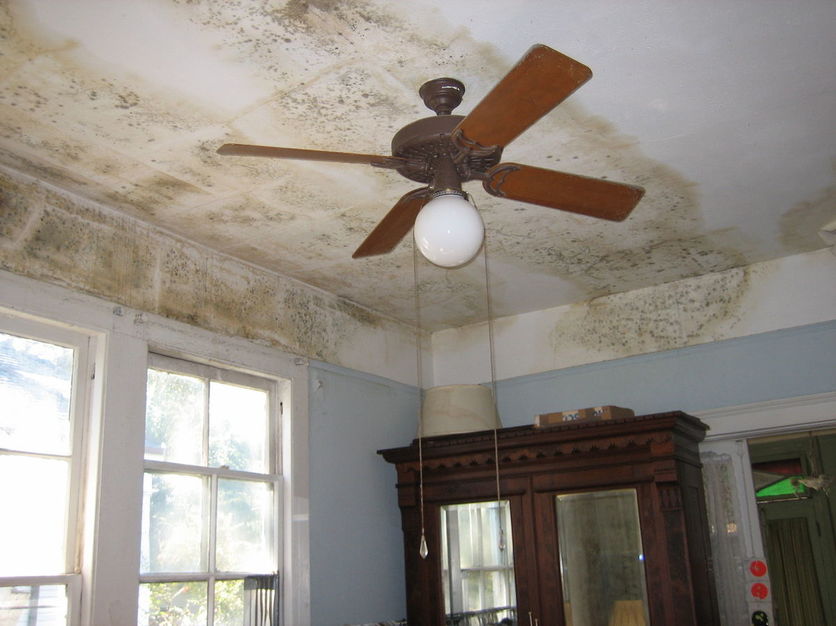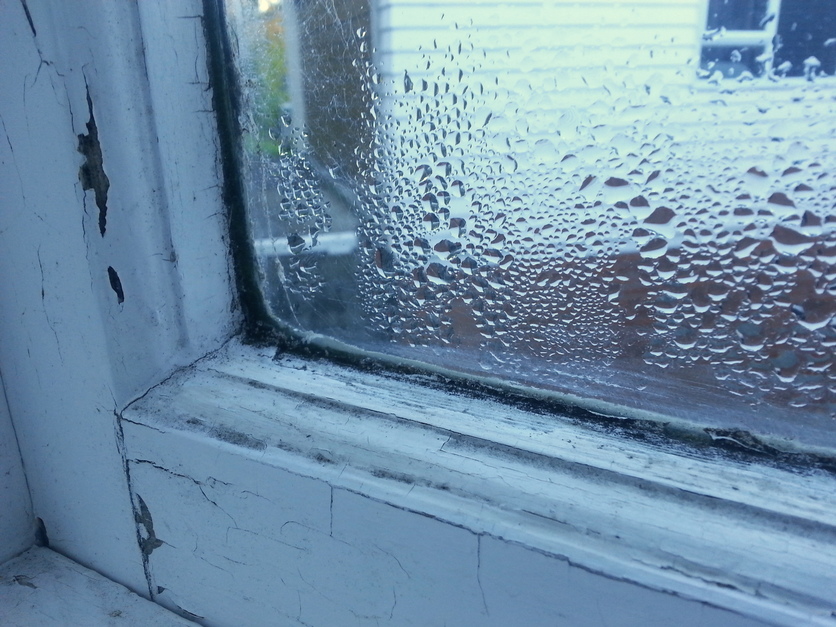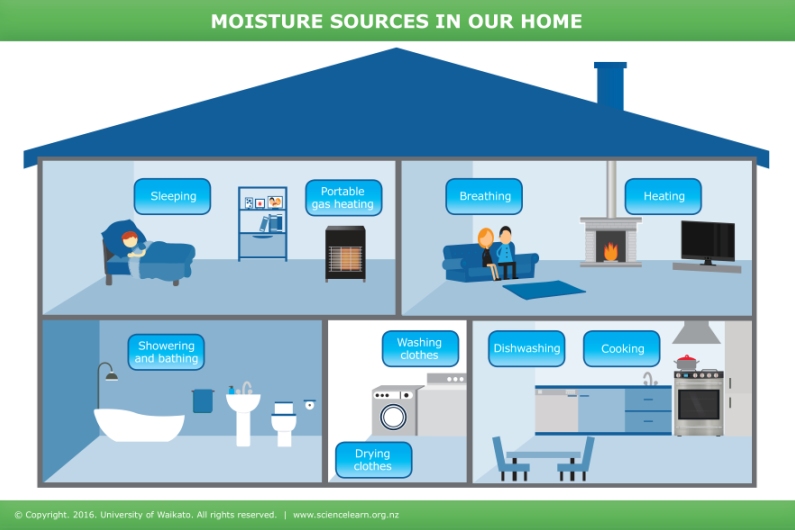Our homes are supposed to be our safe places, but for nearly a third of New Zealanders, damp homes can have a serious effect on our health.
Damp, mouldy houses and the link to respiratory problems
Damp, poorly ventilated houses encourage mould growth. For healthy individuals, mould may not have a significant impact, but if people have underlying health issues, damp, mouldy homes can lead to or worsen breathing problems.
The Asthma and Respiratory Foundation NZ reports that one in six New Zealanders lives with respiratory illness – that equates to 700,000 people. It is estimated that the yearly costs associated with respiratory disease are $5.5 billion. While not all respiratory problems are caused by damp houses, it is best to limit exposure to damp and mould.
Sources of indoor moisture
All occupied homes accumulate moisture – the simple act of breathing contributes 0.2 litres (L) per hour per person. Other sources include normal household activities like cooking, cleaning and bathing. The Energy Efficiency and Conservation Authority (EECA) estimates the average New Zealand family produces around 8 litres of moisture in their homes every day.
Sources of moisture in the home
(Figures produced by the University of Otago and reported in the New Zealand Herald.)
| Source | Amount |
| Breathing (per person) | 0.2 L per hour |
| Perspiration (per person) | 0.03 L per hour |
| Shower/bath (per event) | 1.5 L |
| Cooking | Up to 3 L |
| Dishwasher (per load) | 1 L |
| Clothes drying (per load) | 5 L |
| Clothes washing (per load) | 0.5 L |
Moisture also enters houses from the outside. Leaks in the roof, around windows or in the plumbing allow moisture to get between the walls or floors. Blocked or broken gutters may permit rain and surface water to flow under houses. These sources are often hidden and may go unnoticed.
Portable, unflued gas heaters increase indoor moisture levels. Gaseous combustion releases water, carbon dioxide and toxic byproducts.
Minimising dampness and mould within the home
If an indoor space smells musty, mould is forming on items in the wardrobe or ceilings and walls have mould or watermarks, it’s a good idea to reduce and eliminate moisture.
- Use vented extractor fans in the kitchen and bathrooms or open a window. If possible, prevent steam by covering the top of the shower and placing lids on cooking pots.
- Keep a 100 mm gap between furniture and non-insulated walls, and keep mattresses off the floor.
- Leave wardrobe doors slightly open to allow air to circulate.
- Ventilate the house by opening doors and windows at either end of the building for 10 minutes.
- Dry washing outdoors or ensure that the clothes dryer is vented.
- Wipe condensation from windows, sills and shower walls.
- Check for dampness or pooled water under the house. A plastic vapour barrier on the ground prevents damp air coming up through the floor.
- Check that external ventilation grilles are not blocked by plants or soil.
- Look for leaks in the roof, walls or plumbing.
- Keep indoor temperatures at 18°C or warmer.
Soap and water or bleach-based sprays remove mould on hard surfaces. On soft furnishings like furniture or curtains, spray with white vinegar and allow the vinegar to set before wiping clean with soap and water.
Socioeconomic factors and unhealthy homes
Dampness is more prevalent in houses that are overcrowded and lack sufficient heating, insulation and ventilation. Low-income communities are often hardest hit because of substandard rental accommodation or the inability to address issues like heating and insulation.
Those who come from low socioeconomic homes have a hospitalisation rate three times that of people from homes in wealthier areas. The World Health Organisation believes that a considerable proportion of childhood asthma cases are due to damp and mouldy homes.
Read about out how some Auckland students are investigating types of mould growing in local homes in the article Healthy homes, healthy futures.
The Moisture sources in our homes interactive below highlights some common household activities that produce moisture and hints on how to minimise and remove it.
Useful links
In February 2019 new research showed that homes that were damp or mouldy led to over 35,000 nights in hospital, costing New Zealand about $35m. Find out more here.
Find out more about tackling dampness in your home on the Energywise website.
A report called Housing in Aotearoa: 2020, by Stats NZ and the Building Research Association of New Zealand (Branz) says that 21.5% of New Zealand homes weresometimes or always damp, see this Stuff news article for more.



